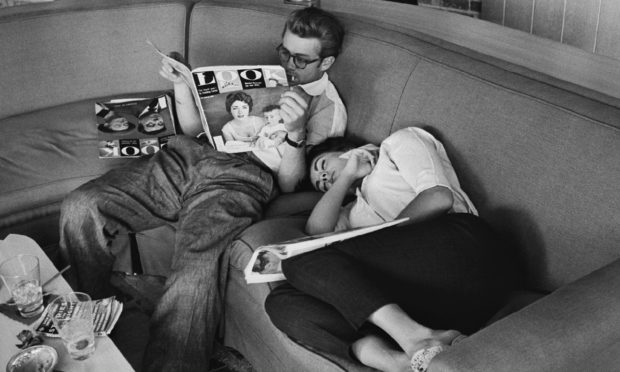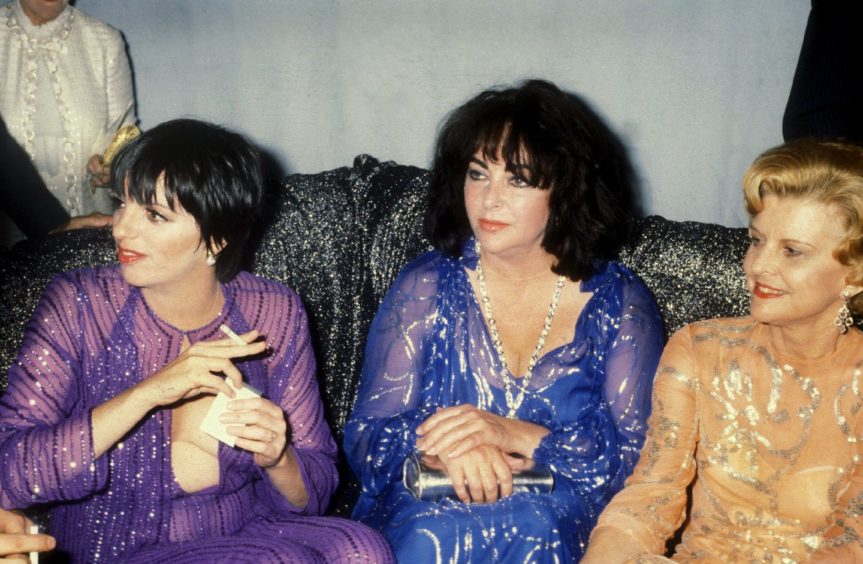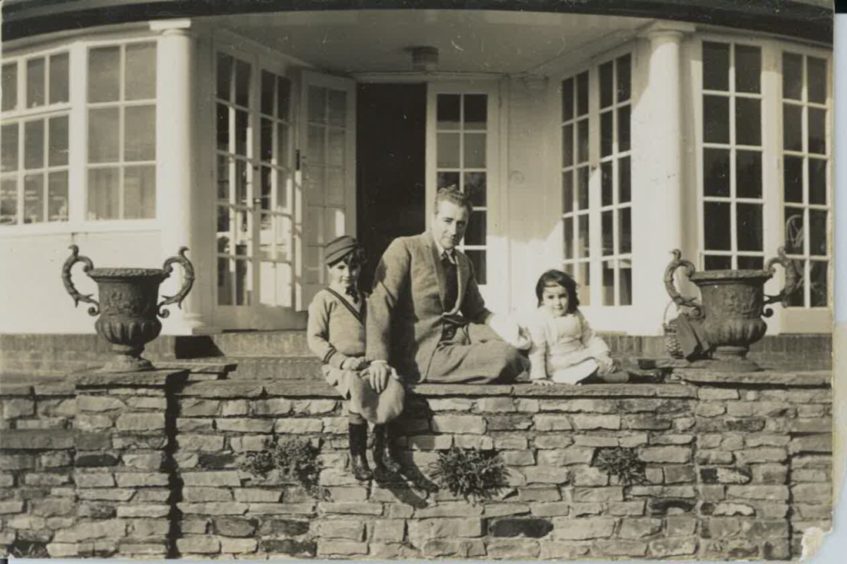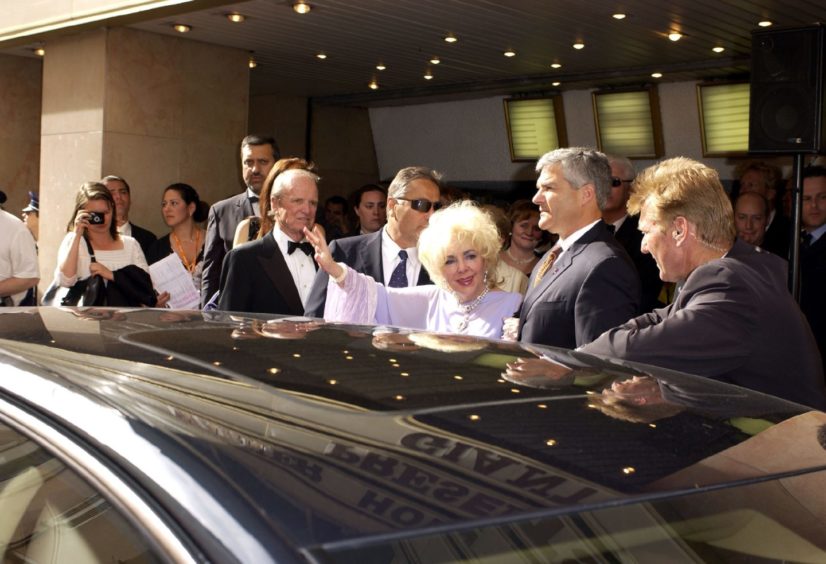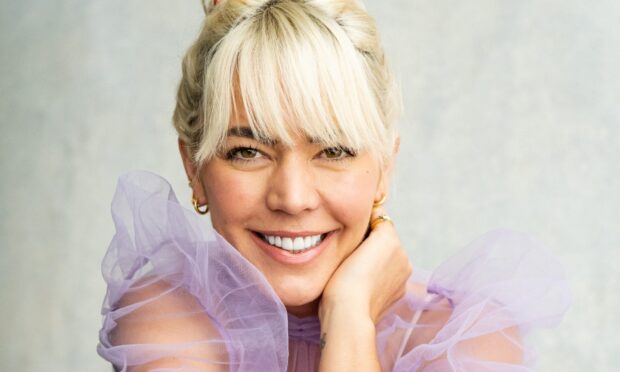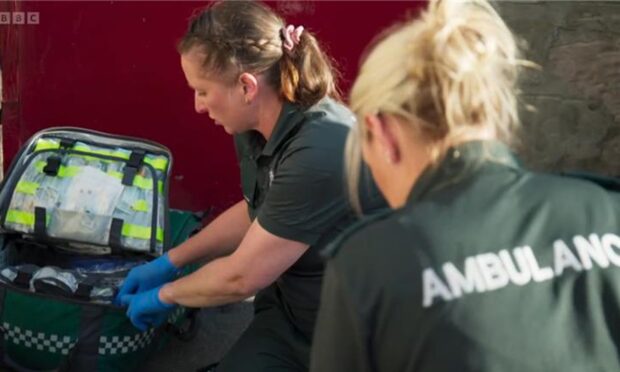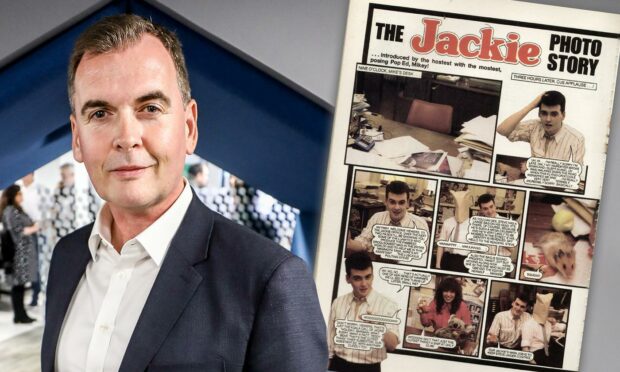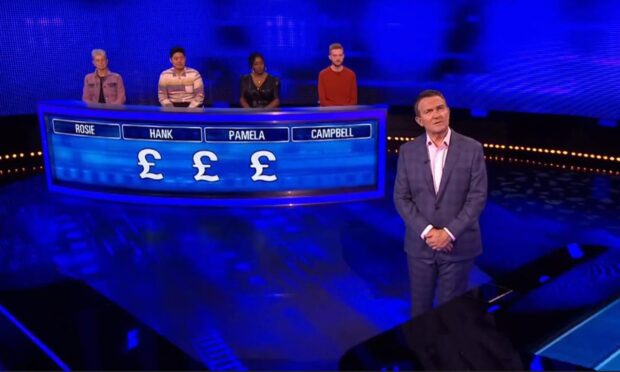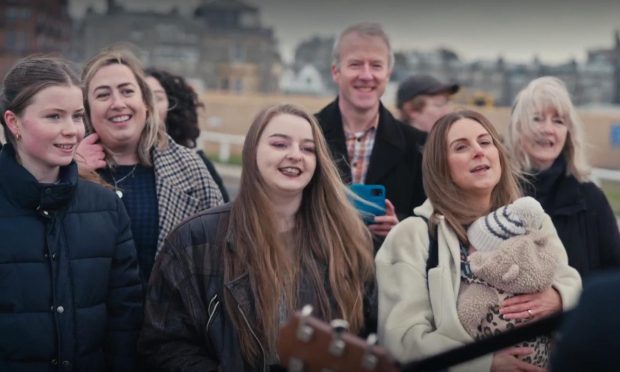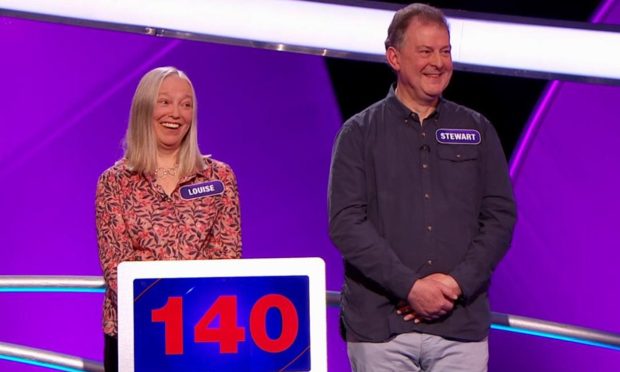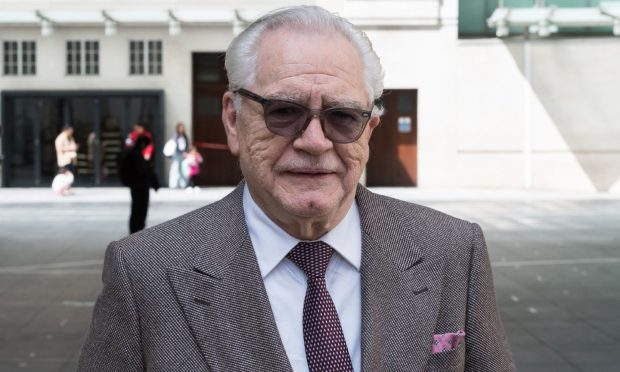Do people still share holiday photos? It’s a moot point, because no-one’s going on holiday right now, but flicking through holiday snaps fresh back from being developed at Boots and telling your friends about all the great bars and scenery they didn’t get to enjoy is a thing of the past now you can throw all your photos up on Instagram.
For any younger readers who missed out on the experience, there’s always BBC Two’s recently installed A Life in Ten Pictures series, which began with Freddie Mercury and last week moved on to Elizabeth Taylor, before the late rapper Tupac Shakur is profiled tonight.
It’s a series for anyone who’s out of practice at actually being told about photographs as they look at them.
It’s not actually a show about the photography, however, so the wonderfully satisfying slow television aspect of the famous photographer profiles you used to find on BBC Four (which is soon to be no longer, bar repeats, which is a crying shame) is absent.
What we have here is more of a pen portrait of the star in question, with each photograph used a stepping stone to the next event in their life.
In Taylor’s case we hear of her childhood in London during the 1930s, born to American parents who took her back home in a rush before the outbreak of war, in the context of one childhood photo taken alongside her father and brother outside their holiday home.
Then we see a smiling young girl of 11 in a test photograph for her first major film role in National Velvet; her swift evolution into a siren at the age of 16 through an assertive, career-making photo shoot (the weird attitude towards female actors of the time is fortunately picked up on); and a stunning promotional photograph for Cleopatra taken in Rome.
There are some great insights into Taylor’s life, particularly from the critic Helen O’Hara. In the Cleopatra photo, the scar from the tracheotomy which saved her life after a bout of pneumonia is visible (Joan Collins is on hand with strong anecdotes about avoiding the casting couch, and almost stepping in while Taylor was on her possible deathbed).
They were “too famous to live on land”, notes one of a number of biographers interviewed, on the subject of the actor’s Sardinian yacht life and marriage(s) to Richard Burton, and a photo of Taylor, Liza Minnelli and the ex-First Lady Betty Ford at New York nightclub Studio 54 leads into a recounting of her alcohol and painkiller addictions and recovery.
We hear of her fierce AIDS activism, and from Erik Asler, the assistant on the shoot when she was photographed four weeks after a brain tumour operation.
“It has to be Elizabeth Taylor, and Elizabeth Taylor only,” was the instruction he recalls. The repetition of seeing the same photographs pored over might get repetitive, but the power of this engaging programme is in selecting faces you can never tire of looking at.
